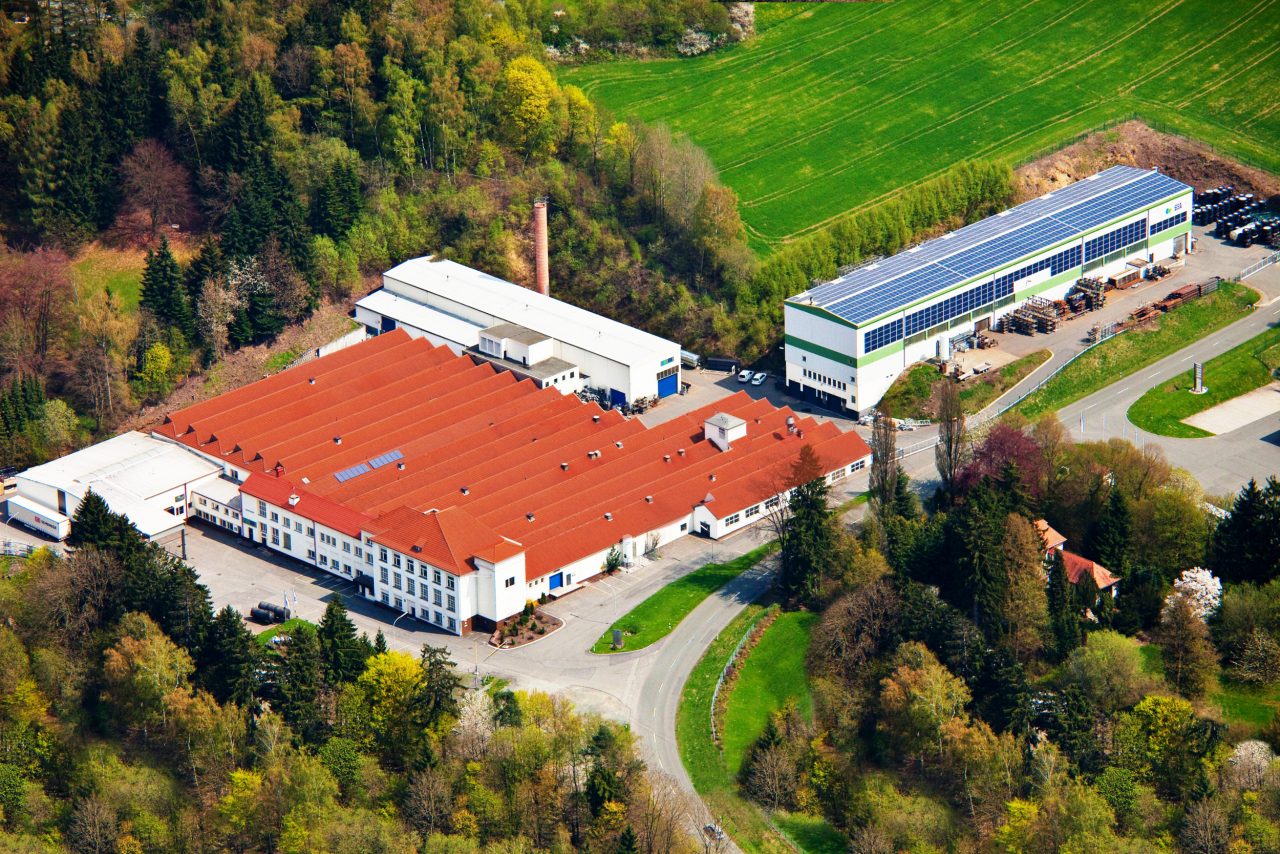
©2024 FAN SEPARATOR GmbH
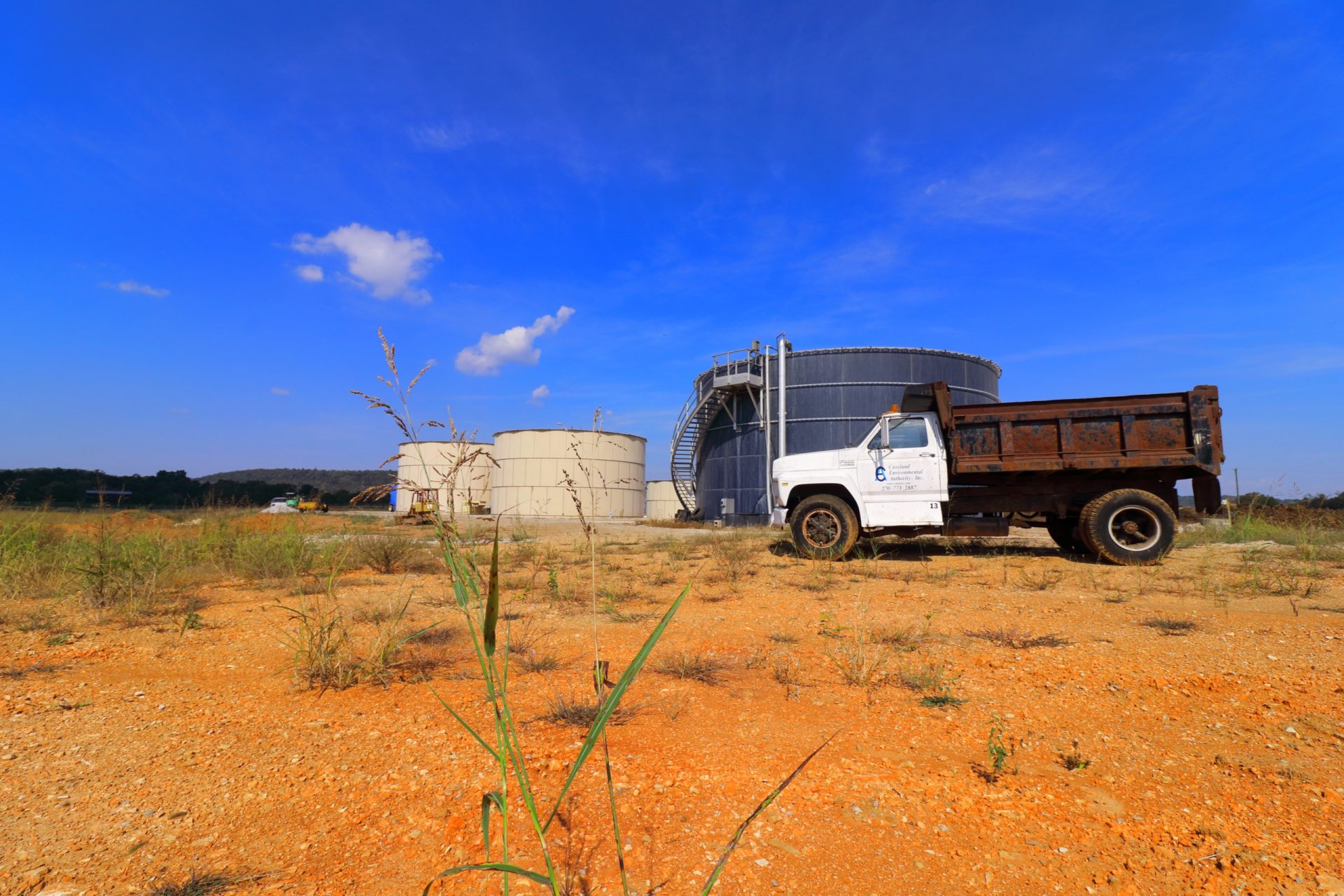
Way out in remote Caveland, Kentucky in North America, a small waste water treatment plant carries out its work reliably day in, day out.
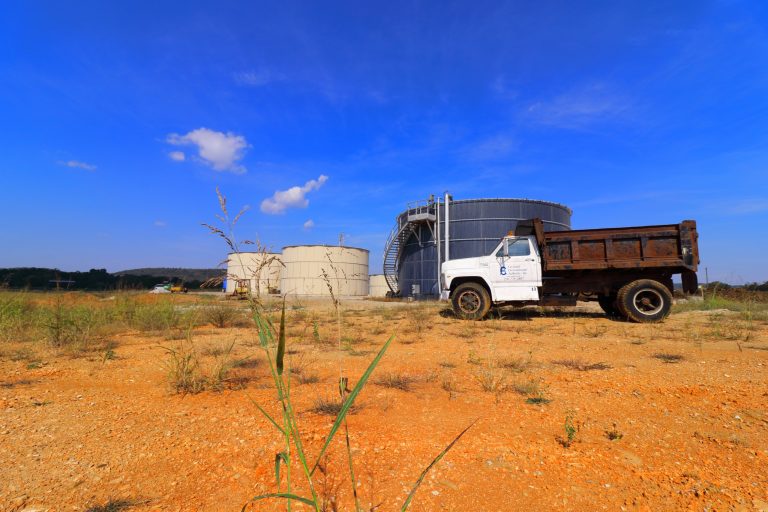
The building appears unremarkable at first glance, but as soon as you enter the plant, a rich trove of diverse machinery and accessories meets the eyes: pumps, belts, augers, pipes, hoses, large tanks and filters. And at the heart of it all, a familiar sight: two FAN-SPS slurry presses operating side-by-side. Once for the last four years, the other for two.
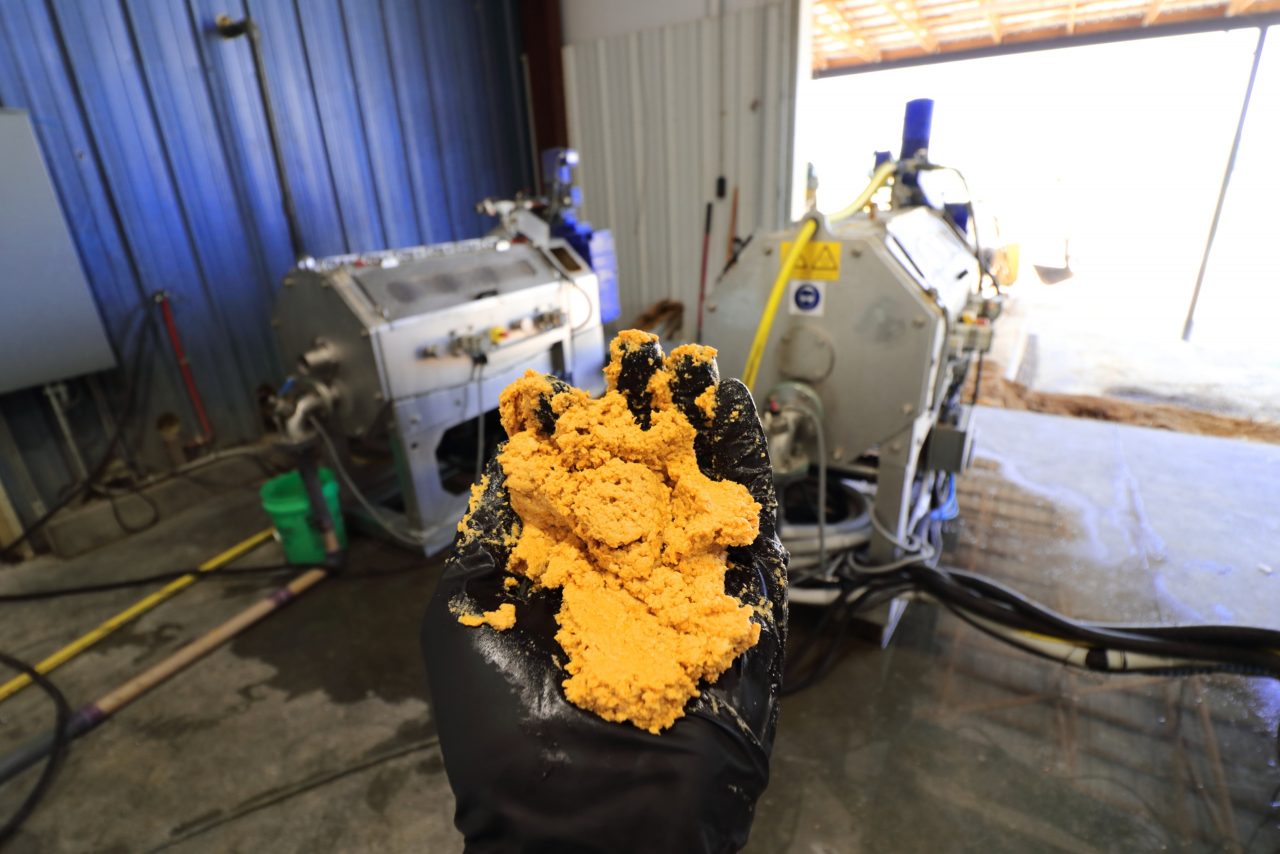
Plant and Production Manager Krista Poynter guides us through the plant, explaining the process of water treatment. The system runs 24/7/365, and the waste water originates from a single source, from a single customer, and arrives through a single pipe.
If you look across the broad plane behind the treatment plant, you will discover a gigantic factory building. The factory seems larger than life, but the products are small: We all know them: the small packages of ketchup, sauces or dressings that come with fast food meals.
The waste products from production along with the cleaning water are pumped into the storage tanks of the treatment plant. Every day, the system receives hundreds of cubic liters of waste water, consisting of a mixture of oil, vegetables, fruit, water and seasonings. Before this mixture enters into the slurry presses, it passes through multiple mechanical filters and sieves, including a DAF flotation system (DAF – dissolved air flotation) to filter out as much fibrous material as possible before the separation. What remains in the end for the FAN press is a very thin, light brown soup.
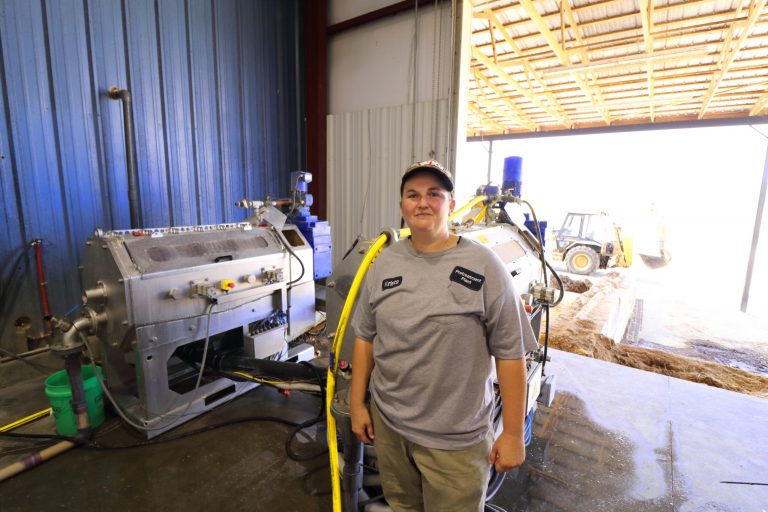
The dry matter content in this mixture is very low. The slurry presses do their best to get even the last particles out of the liquid. This creates polymers, a kind of adhesive that binds the dry matter in the water. The small fiber clumps produced in this way can then be filtered out of the liquid phase by the slurry press.
At the end of the process, clean water flows out of the press and back to the city, where it is treated once more by the municipal water treatment facility. The separated solid matter is spread onto the fields of local farms as fertilizer. And thus, the cycle is complete.